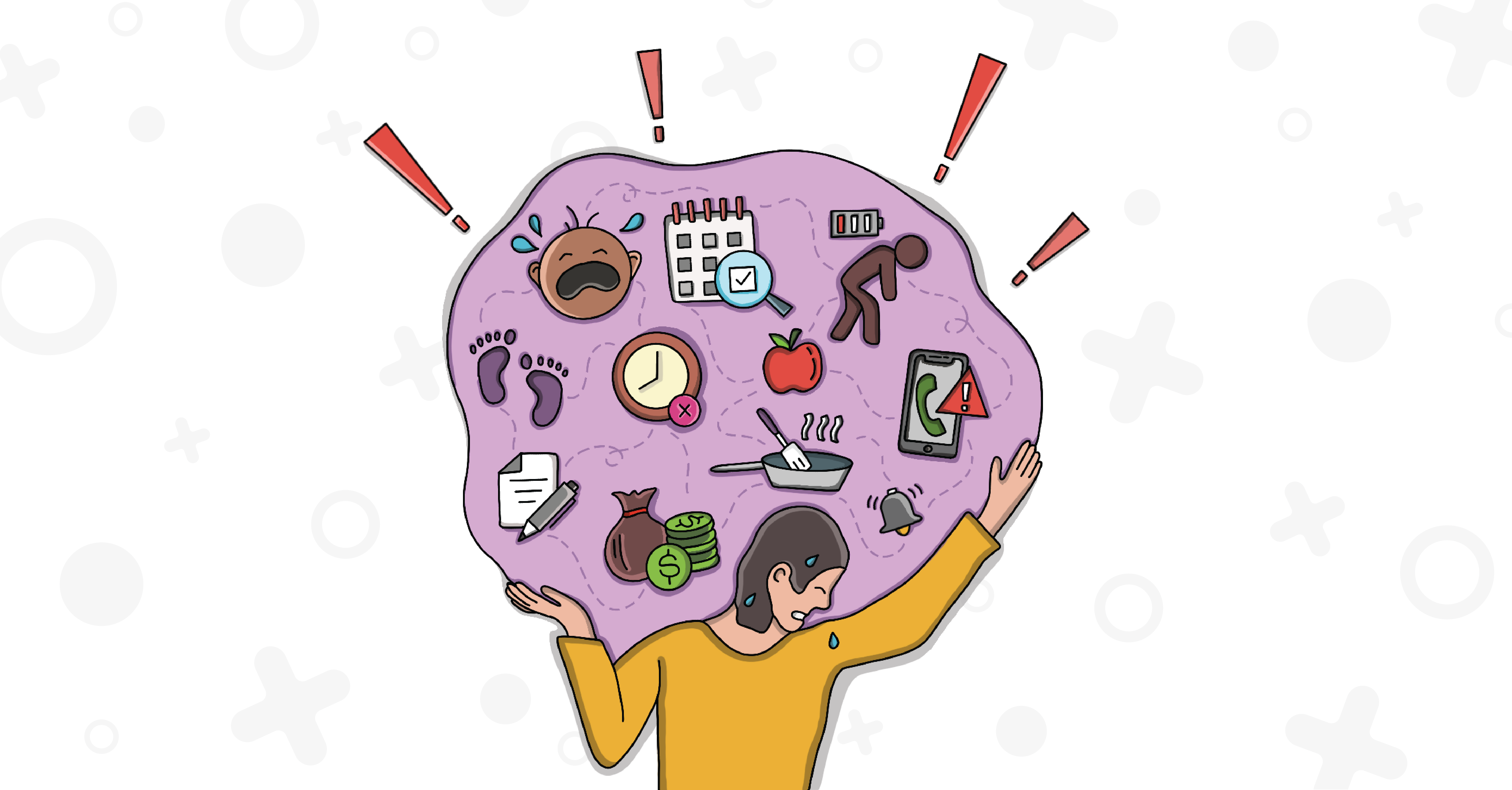
How to Be Happier (and Why It Matters)
If you are among the 1 in 3 Americans who report they are happy, this blog post is not for you. It’s for everyone else who feels even more awful by comparing themselves to you (which, research shows, can crush the last ounce of hope from a depressed person’s soul). Happy people also get to enjoy longer, healthier lives, and to be more productive at work. So what are the other two-thirds of Americans to do? Professor and author Paul Dolan has some ideas that might help.
Paul, who heads up the Department of Psychological and Behavioural Science at the London School of Economics and Political Science, says the main problem is that people tend to focus on what they think should make them happy, rather than zeroing in on what actually does. And he’s published a book (with another in the works) to help people stop listening to the shoulds in their head and instead steer their day-to-day behavior toward the stuff that lifts their spirits.
 Paul is a utilitarian — with a few twists. In particular, he believes that defining happiness as “pleasure” ignores a huge contributor to well-being: a sense of purpose. In his 2014 book, Happiness by Design: change what you do, not what you think, Paul says an overall balance between pleasure and purpose is the key to a happy life; but “how and in what ways your happiness should swing back and forth between pleasure and purpose is for you to decide.”
Paul is a utilitarian — with a few twists. In particular, he believes that defining happiness as “pleasure” ignores a huge contributor to well-being: a sense of purpose. In his 2014 book, Happiness by Design: change what you do, not what you think, Paul says an overall balance between pleasure and purpose is the key to a happy life; but “how and in what ways your happiness should swing back and forth between pleasure and purpose is for you to decide.”
The other major flaw in happiness research, he says, is that it relies on self-reports of life satisfaction. Asking people broad questions about how satisfied they are with their lives activates their evaluative selves (our brain’s System 2, for those of you who are fans of Daniel Kahneman’s Thinking Fast and Slow). And our evaluative selves are pretty darn bad at figuring out what we actually like to do.
 In Happiness by Design — which draws on a blend of behavioral economics and insights from recent happiness research, with a dash of self-help — Paul provides a three-step, behavior-based approach to the pursuit of happiness: Decide, Design, Do.
In Happiness by Design — which draws on a blend of behavioral economics and insights from recent happiness research, with a dash of self-help — Paul provides a three-step, behavior-based approach to the pursuit of happiness: Decide, Design, Do.
Decide. For this step, Paul provides charts to help people ground themselves in daily experiences and attempt to rate how they felt in the moment on a scale of 0 to 10 for both pleasure and purpose. This is to help you figure out what really makes you happy instead of getting caught up in mistaken desires and projections — for instance, thinking that of course you love your job because it’s important and makes a lot of money, rather than admitting to yourself and others that you are miserable at work.
Design. In this part of the book, Paul pulls from the work of Nudge authors Richard Thaler and Cass Sunstein, as well as other behavioral economists and his own work, to suggest ways to change your behavior to make sure you are spending more time on those activities that bring you pleasure and purpose. He also has ideas for setting new habits. For example, if you want to read more (a frequent New Year’s resolution), you can design your environment to make reading easier to do. Leave books around the house. Set your computer home screen to a book review website. Sign up for an online book club. Creating a book-rich environment is far more likely to increase reading than trying to change your attitude towards books — or berating yourself for binging on Netflix instead of War and Peace. And if it turns out you actually don’t like reading? Stop! And try another activity instead.
 “It’s quite easy to be miserable when our beliefs and behavior conflict, when we set lofty expectations about ourselves, or when we can’t even accept ourselves in the first place,” Paul notes in the book.
“It’s quite easy to be miserable when our beliefs and behavior conflict, when we set lofty expectations about ourselves, or when we can’t even accept ourselves in the first place,” Paul notes in the book.
Do. For this final step, Paul suggests that you start paying more attention to what you do and who you do it with, and increase time spent on activities and people who make you feel good. Spend less time buying stuff and far less time glued to social media. Above all, Paul says, the key to happiness is finding ways to go with — instead of fighting against — the grain of your human nature.
That sure sounds Fun, Easy and Popular to us.

Sara Isaac is Chief Strategist at Marketing for Change.





